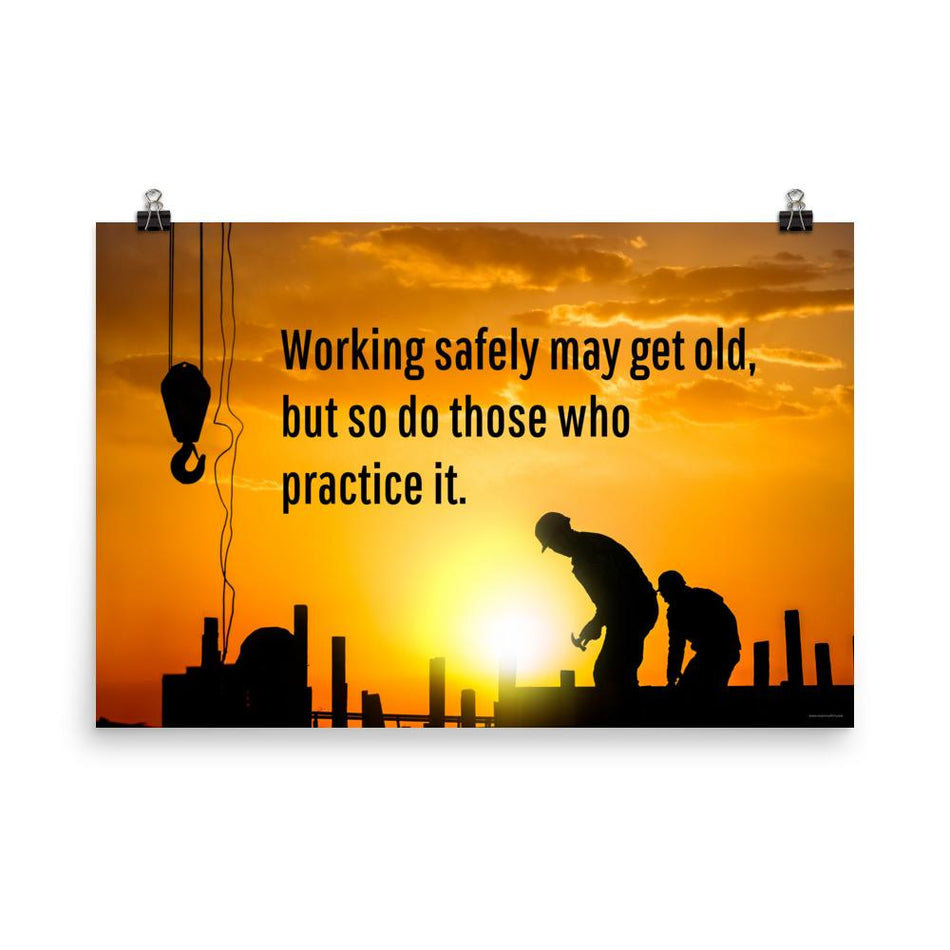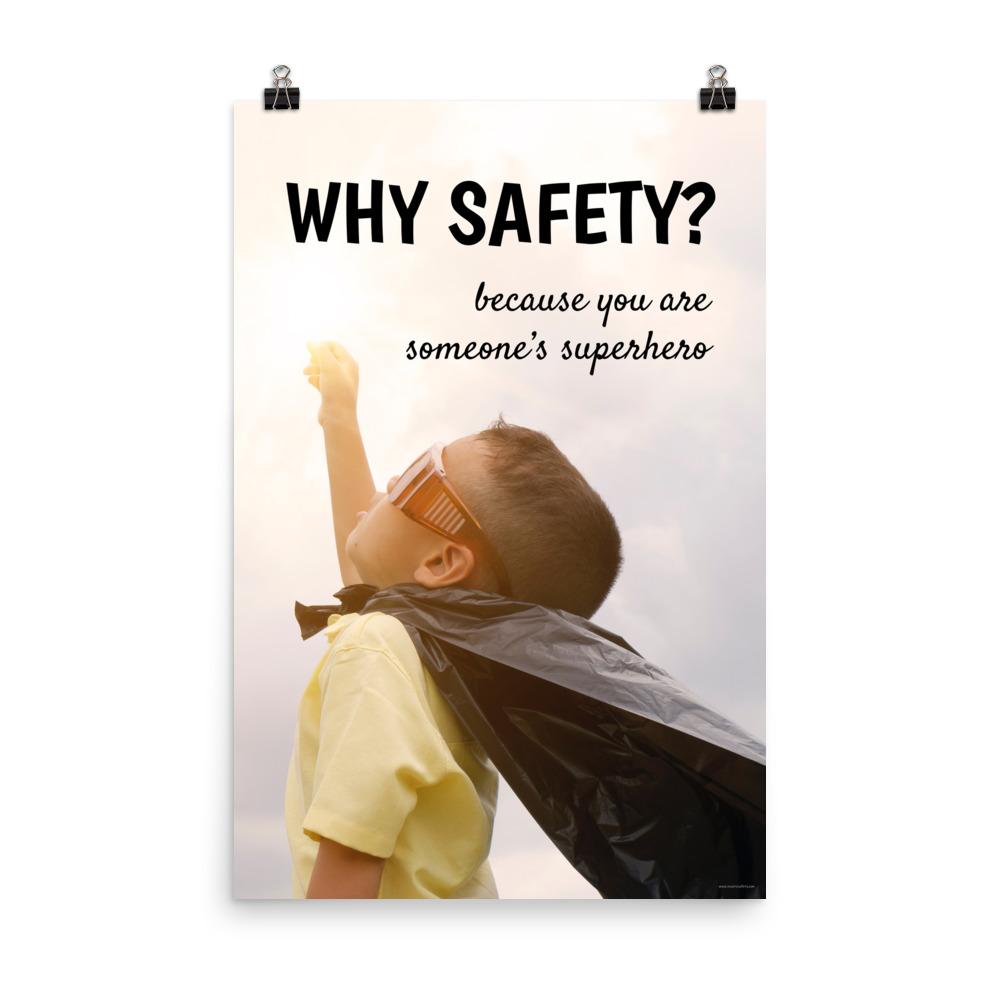In any workplace, it is essential to report all hazards immediately to a supervisor, the safety department, or management. This practice should be standard, and every employee must understand that reporting hazards or potential hazards is the appropriate action to take. However, some employees might feel that the hazards they encounter regularly are just part of the job and not worth reporting. To combat this potentially dangerous mindset, it is beneficial for businesses to design, implement, and communicate a Hazard Reporting Program. Such a program can significantly enhance workplace safety and reduce costly incidents or business interruptions.
1. How much training should my team be getting about hazard reporting?
Training all employees in hazard recognition and avoidance is crucial. Hazard reporting should be a fundamental component of this training, ensuring that employees know exactly what to do when they encounter a hazard they cannot immediately correct. The term "training" should not be daunting; it can be tailored to suit the specific needs of your team. Consider the following:
- For high-hazard jobs, consider mandatory all-day in-person training sessions.
- For lower-risk environments, on-the-job training led by a competent supervisor might suffice.
- A 30-minute safety meeting or an annual online training session can also be effective for low-hazard jobs.
- Even an email reminder can reinforce the importance of hazard reporting.
2. What is an unsafe condition that should be reported?
This is any circumstance found in the workplace that could allow an incident to occur that might harm people, equipment or property. Give examples specific to your workplace such as rusted or broken tools, inadequate PPE provided, containers that are not labeled, insufficient stairway lighting, broken machine guards, or a leaking refrigerator in the break room.
3. What is an unsafe act that should be reported?
This is any behavior that could lead to an incident that might harm people, equipment or property. Unsafe acts might not be intentional. Examples of unsafe acts might include using equipment in a careless manner or not using PPE as required.
4. What should be done if an unsafe condition or act is witnessed in the workplace?
This depends on the hazard reporting procedure in your workplace so be specific. Let employees know exactly what steps they should take which could be filling out a form or verbally telling a supervisor.
5. When should a hazard be reported?
Any unsafe condition or act should be reported immediately, or at the next available safe opportunity that the employee has to do so.
6. What should employees expect after a hazard is reported?
Let employees know what the expected time frame is for corrective and preventative measures that are expected and how employees can follow-up on the corrections progress, if needed.
7. Where can employees find a copy of the Hazard Reporting Procedure?
Are hard copies of procedures kept at headquarters, or is the Safety Manual found online on the company’s intranet? It’s important that employees know how they can access all company policies and procedures on their own.
Implementing a Hazard Reporting Program is a vital step towards creating a safer workplace. It empowers employees to take responsibility for their environment, ensuring that hazards are identified and addressed promptly. This proactive approach not only helps prevent accidents but also fosters a culture of safety and vigilance among staff.
Training plays a critical role in this process, as it equips employees with the knowledge and confidence to recognize and report hazards effectively. By making hazard reporting a standard practice and clearly communicating procedures, businesses can significantly reduce the risk of incidents that could harm people, equipment, or property.









